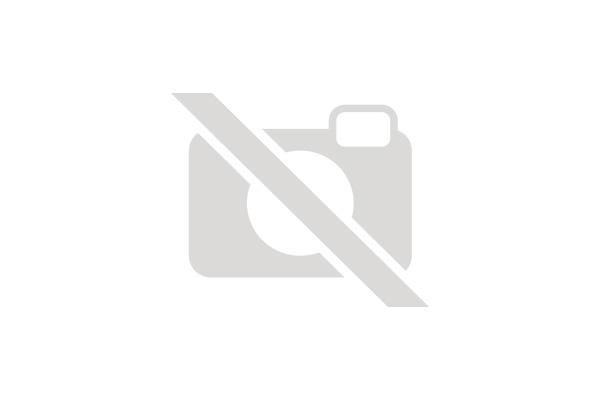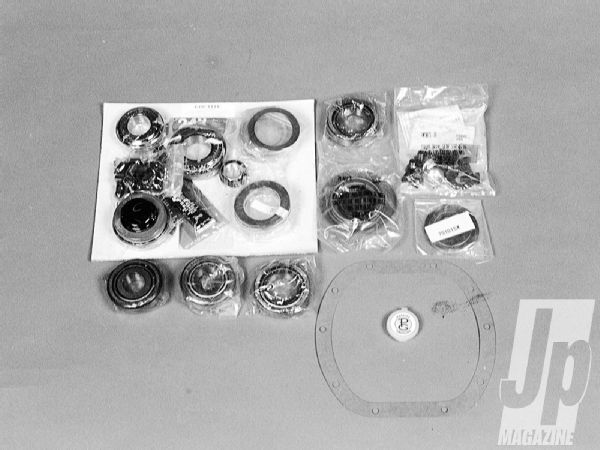
In our last issue, we detailed the rebuilding of the popular AMC 20 rear axle. Now it's time to tackle the Dana 30 front axle and the extra pieces and parts that go with it.

On a frontend, the centersection needs to be rebuilt, but the wheel bearings and steering knuckles complicate the job and need to be freshened up as we go along. And while we're at it, the factory plastic locking hubs get tossed and new Superwinch units are attached.
 We like one-stop shopping, and Light Line of Louisiana offers just that with its Dana 30 front axle rebuild kit. In addition to the required carrier and pinion bearings and races, the kit includes a large assortment of pinion and carrier preload shims, a slinger, a yoke nut and seal, ring gear bolts, pattern grease, and Loctite. An instruction sheet on how to set up the ring-and-pinion is also included.
We like one-stop shopping, and Light Line of Louisiana offers just that with its Dana 30 front axle rebuild kit. In addition to the required carrier and pinion bearings and races, the kit includes a large assortment of pinion and carrier preload shims, a slinger, a yoke nut and seal, ring gear bolts, pattern grease, and Loctite. An instruction sheet on how to set up the ring-and-pinion is also included.
Rebuilding the frontend from wheel to wheel is fairly easy and only requires a few special tools. Except for some of the press work, which a machine shop should handle, all of this can be performed in your own garage with standard automotive tools and practices. Take your time and spend the bucks for good parts, and you'll have the job done right the first time
PhotosView Slideshow

















